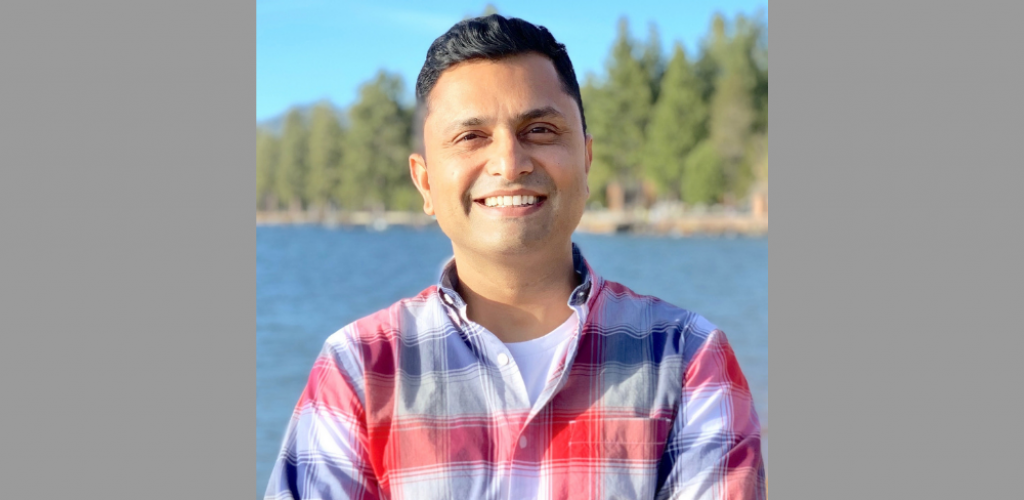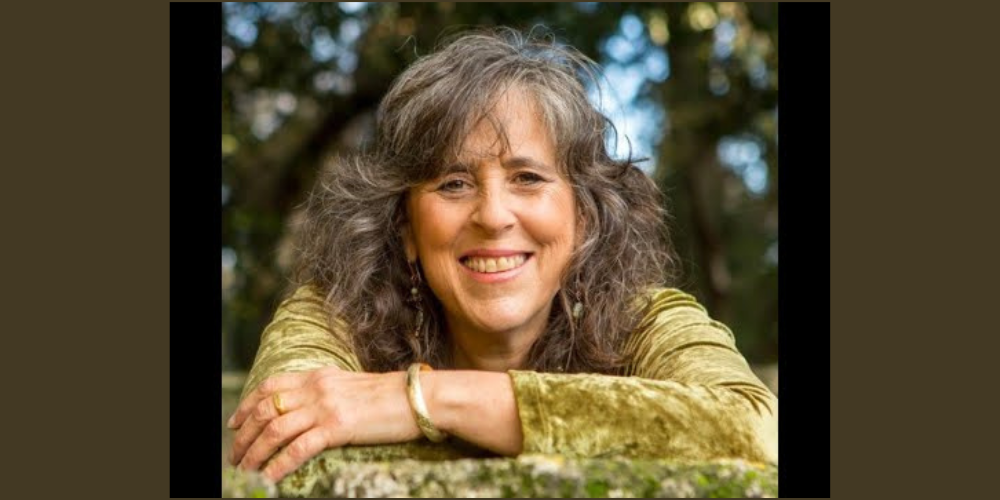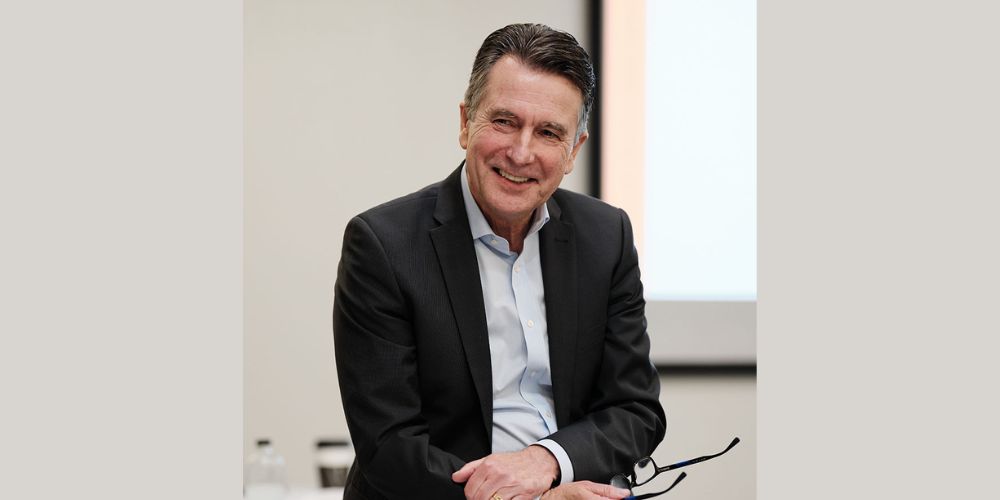Raj Girn: On this week’s leadership and advocacy-themed show, I’m going to be deep diving how to scale your big idea online in an over-saturated industry. This is a topic that so many of you guys have asked me to broach. And I thought, if I’m going to do justice to this subject matter, I need to bring on someone that actually has gone through that journey to help me do this. Please welcome to the show my good friend Vishal Joshi, who is the founder of Joy, an innovative online wedding company that gives couples a smarter way to plan their big day.
This is Part One of our conversation:

Raj Girn: Welcome to the show, Vishal. I’m super excited to have you on to share your fabulous story. And I know that it’s going to inspire and motivate everyone watching, listening and reading this.
Vishal Joshi: Thank you so much for having me, Raj. I’m excited to share what I can.
I want to just dive right in Vishal. I’d like to start our conversation by giving everyone some context around your professional journey before you founded Joy in 2016. Can you share a bit about that part of your life?
Oh, absolutely. I will actually go back to my childhood because the roots of a lot of these things go way back. I was born in a very small town in India called Paroda. It’s actually an oil refinery town. And my dad used to work in one of the oil refineries over there. During that time. I always thought that working in blue collar is not the way to go and you need to do business. So in 10th grade, and this is interesting about India. I do not know whether you know this or not, but in 10th grade, you have to choose between science, commerce or liberal arts.

And I thought since I want to do business, maybe I should choose commerce. And so I told my dad I’m going to choose commerce and Indian parents, as they are, said you’re not going to take commerce. You’re going to take science, and you’re going to either become a doctor or an engineer or a lawyer, mostly engineer or doctor. And so I was just pushed into picking science and I rebelled for the next two years, which caused problems in some way. The 12th grade in India, in our town and and in the Indian state in general, is a very critical time for kids. You’re tested, you’re ranked among all the kids in the state. Think about that for a second.
There are close to 600,000 kids that appear at the 12th grade exam and you get ranked, like my rank came to be like 3,000 because I floundered and I had friends who were in the top 10. So I was like, “oh shit.” Now, lucky enough for me, I got into a good school. It was an NIT, but I had to pick up electrical engineering. And the interesting thing is that I picked a school which was on the East Coast of India. My hometown is on the West Coast of India. And I kind of wanted to be away from home, primarily because we used to live in a very small quarters, around 500 square feet with my grandparents, my brother and my parents. Six people living in a one bedroom place. It was kind of nuts.
So it was relieving that I’m going to the East Coast. So now I go to the East Coast, go to the school, and I’m like facing these giant transformers and high tension lines. And I’m thinking, is this what I’m going to do for the rest of my professional life? And I didn’t want to go. So I said, what should I do? So I started going to the library and reading books and computer science got my attention. I didn’t have any computers growing up. Neither did I use any until going to school. And then I started looking into it and landed in this text book of neural networks or artificial intelligence, which was very fascinating, that you can make the computers think like humans and how to go about doing that. So now I go to my computer science professor and say, “Can I join your research on artificial intelligence?” And he says, “No, you floundered in your 12th grade.”
So you’re supposed to go and do your transformer thing. And so that was, as you can imagine, that was hard. I kept on pestering them so long that at one point in time, just before the summer break of my freshman year, they said, “Go solve this problem. And if you do solve this problem, then you can come in and we might be able to take you.” And this problem is now a very simple problem. It’s not very complicated at all and I still do not know anything about it. So I went to the PhD students and said, “Professor Fundi has asked me to solve this problem. Can you help me?” And they would send me to a library with a different book and to go read that one.
And every time I would read, I would learn a little bit, I would learn a little bit. And it took me could like 25 days into the summer vacation to solve that problem. But I did solve it and I went back to the professor saying, “Well, I have solved this problem. Can I work with you now?” And he was like, “Look at this kid freshman year. He really wants to do it. Let’s just have him do it.” So throughout my four year journey in electrical engineering, which I’m still an electrical engineer, I kept on doing artificial intelligence research. And the outcome of that over time was that I published papers and worked on this amazing technology, which today we know of.
But that was a long time back. The fun fact over here is that my dad used to work as a blue collar person. He used to make roughly $60 a month and around $15 of it he would send to me for my school and all the rest of five of them lived on $45 a month. So like even in Indian scale, that’s not a lot of money. But the funny thing is that your grades and telephones don’t cost any less because you are from India. The cost is $125. So I had saved up all throughout my college to do TOEFL, which I did and I did really well. And then I went to my my father and said, I want to do this GRE thing and I want to go to the US. And he said, well, “How much do you need?” And I said “Like $125 for the GRE”. And he said, “After that?” And I said, well, $100 to apply to each school, maybe like two or three schools. So like $200 to $300.
And then he said, “How much more?” I said I you like $15 for stamps and postage and stuff for school. And then I said “Around $600.” He said, “I think I can, we can take a loan or something, give you that money. You don’t need anything else, right?” And I said “Well no they won’t fly me. So I need like flight tickets and flight tickets are $1,500.” I had literally wiped off all the savings of my parents. So like all the retirement savings, so clearly that was not a choice. So I decided I should go and work. And so I took a job as a programmer and started programing this language called C++. Have you heard of C++?
I have, yes.
So C++ dates back way before I started programing in it. And when I joined and I started programing and I realized everybody around me was so much better at C++, there was no way I was going to be able to get to the level at which they were. So I decided that maybe I should take a risk and try to learn something which nobody else has known and which at that time was Microsoft’s darknet technology. So I started learning darknet when there was no books, no documentation. You take the code, reverse engineering, try to find out what it is trying to do and learn and do that.
And there was no corporate training or anything. It was very perineal. So what I told our V.P. at that time, execs at the time, that, can I create a user group where I can get a bunch of these people who are trying to learn together and we will teach each other. And India, if you know, is a very service oriented economy. Each company is competing with other companies for the same talent who is going to probably do programing for some company in Europe or the U.S., and at that time, teaching someone else from some other company is basically teaching your competition and they were not very happy about that idea at all.
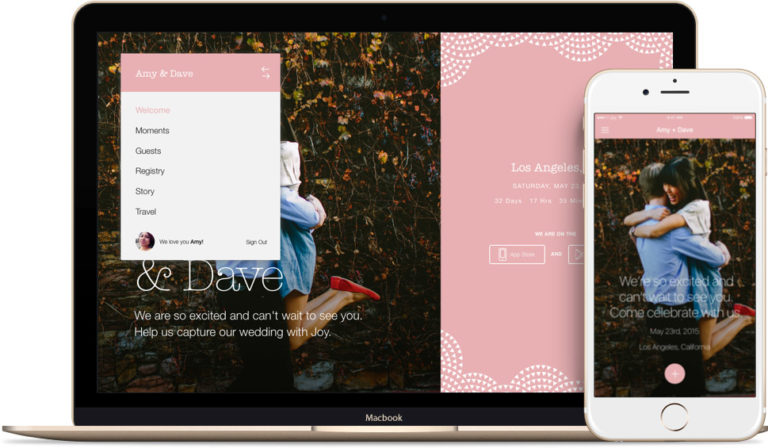
But over time, they said, “Okay, what does it take for a new person doing new technology like brand new?” There is no real threat. Nobody is using this. So they let me set up the small little user group where we would all get together and teach each other that. And in the process, we got good. And to the point that, like that user group, which we founded became a 10,000-person user community, which was teaching each other how to code and that got Microsoft’s attention.
So then Microsoft picked me up and gave us this fancy little title, which is called The Most Valuable Professional. So what it did was that it gave me a lot of jobs and gigs everywhere. And and it allowed me to go and speak at different events so they would fly me around. I think at that time that was probably among the very few times that I had flown or even gone to a hotel room with hot water showers. It was like living the life. A hot water shower that’s an unheard of thing. That was phenomenal. So that happened. And then eventually Microsoft said, “Do you want to join us?” And so I joined them.
And eventually I moved to Seattle, Washington, and worked on lots of these different technologies, which I earlier started learning at the very beginning. I stayed at Microsoft almost 10 years, ran a bunch of teams, built products like ESP darknet, which was my product, and Visual Studio, another one, and Microsoft Cloud Technologies, all these. A lot of geeky things, but a lot of fun technical stuff, which was great to do. And at that time, during those 10 years of my time at Microsoft is when I met my co-founder Michael and his team and my cousin Cavalia.
We used to do a lot of side projects together, fun little games and stuff like that. And mostly we would do those for . . . This is a tangent, but in Microsoft, when you launch any big technology, you have shows in which you get like tens of thousands of people as an audience and you show them how Microsoft Cloud works. But because the Cloud looks like matrix, you know, green, green and black screens, it’s not interesting. So we would make these side apps, which would be used to showcase that. And Amy, who is Michael’s sister, she was looking at it and she said, “Look, why do you make all these silly things to do these conferences and stuff? Why don’t you do something for my wedding? I have better apps to take pictures of my breakfast than I have for my wedding.”
“We would make these side apps, which would be used to showcase that. And Amy, who is Michael’s sister, she was looking at it and she said, ‘Look, why do you make all these silly things to do these conferences and stuff? Why don’t you do something for my wedding?” ~Vishal Joshi
And we couldn’t really believe because we would like focus so much on developers and developer experience and technology, stuff like that, that we never really thought that there would be no good product for weddings looking at it. And we realized she was using one thing like spreadsheets for the guest list and she’s using different things for the save the date, different things for the website. We said we could help her make something nice and so we built Joy for her. It’s just so serendipitous, right?
But then our colleagues would come in and they would leave Post-it notes on our screen, like on our desk saying this is my wedding day. Make sure you get ready for that time. And there is something really here. And we started giving it to our colleagues. And it was used so much our servers used to go down and we were like, “Wow, this thing is something and it feels like we should probably just do it for real.” And people would tell us not to make it into a company. So we we went and told Microsoft that we are going to go make it into a company. And and the execs at Microsoft first tried to convince us that we should stay and grow the company, which was happening. But then when we said we’re going to go make a company, then they said, look, can we just invest? So so we got our first investment before even we formed a company and now it has grown to become a product which is used by tens of millions of people, thousands of couples, in one hundred countries.
What a story. I mean, if that is not an American dream story, I don’t know what is. And I want to break some of this story down. Vishal, I want to ask you this: Can you explain what the Joy experience is when someone goes up on the website and wherever else you have the platform, what will they face and what’s the journey that they’re going to be on with Joy?
Yeah. So let’s first try to understand what we did and then I’ll break it down. It is a wedding planning platform that helps reduce wedding planning stress. Now, just think about this for a second. When anybody gets engaged, they are so excited about their engagement, they want to tell everybody and they’re so happy, but they do not know the challenges that they are going to face in the next 12 months.
” When anybody gets engaged, they are so excited about their engagement, they want to tell everybody and they’re so happy, but they do not know the challenges that they are going to face in the next 12 months.” ~Vishal Joshi
Like they just want to tell people. Why do people call wedding planning stressful but it’s such a joyful day? When you start that journey, you do not know what those stressors are going to be. We have helped now hundreds of thousands of couples and we have seen them stumble and get stressed about so many different things. And along the way, we basically thought, can we use technology to make this thing better, to make things easier? So what we have done is that we have taken all those trick points and fix them using technology as an example. Think about it.
Nobody expects that 30 per cent of their guests are not going to RSVP to their wedding. And when they’re going to ask why do you not RSVP? And then, of course, “I was going to come, what did you expect?” But that doesn’t help you plan. That doesn’t help you decide how many chicken and steak. So we’ve created automated RSVP reminders. You do not know that your dear aunt Suzy will want to attend your rehearsal dinner. And you know, she shouldn’t come and she’ll probably think it’s on the schedule, so I’m going to show up. So we built schedules which are personalized for each and every guest. That’s cool, right?
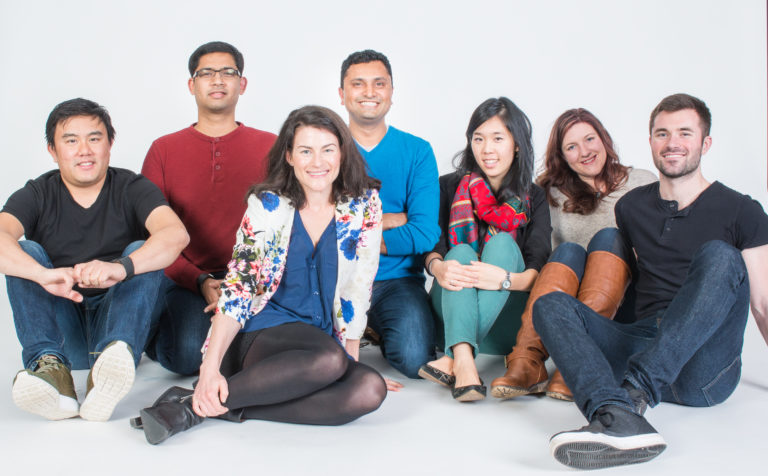
And so couples do not actually think that people might drink and drive at their wedding and they don’t want them to. So there’s both Uber and Lyft integration. And I can just keep going on. But there are so many things which people do not know they are going to face. And using technology to solve these things is amazing. And it didn’t used to exist but now we have this amazing stuff. So roughly, that is the fundamental thesis of how Joy uses analogy to make wedding planning amazing and easy. But like along the way, there is a lot of things that we provide. Like I think you were saying, what is the experience? What do people feel when they come over there? They see all their wedding planning tools and stuff built together in a simple, easy to use way. Like it’s one workflow, one log in. Just all works beautifully together.
I love that. So let me ask you this. I’m curious about the name before we move on. What’s the story behind that? Is it a juxtaposition of, oh, my God, people are usually stressful, but they’re supposed to feel joy. And your experience is what’s going to help them get the joy because it’s going to take all of the complicated stuff out of the way. This is what I feel. But I want to hear it from you.
What you said is absolutely why. And when we thought about names, we started saying what do we want want this thing to do? Well, we just want this thing to make your event joyful, just bring joy to you and your friends and your family. And so we started brainstorming what should be the name, but exactly what joy. And that’s what we want to do. We want to bring joy to people. We want to make their celebration joyful. So what more and believe it or not, so many people come back, come to us and just say they love the name. They can feel it reminds them why they are doing this.
“We started saying what do we want want this thing to do? Well, we just want this thing to make your event joyful, just bring joy to you and your friends and your family.” ~Vishal Joshi
Why they’re getting married
Why they’re getting married, right? And then we also got this domain name, which was WithJoy.com. And that is such an appealing thing for couples because like the couples basically think, oh, Jack & Jill, WithJoy.com and it’s just like you’re inviting someone with joy, you’re communicating with your family with joy in this a joyous occasion. We landed at the name very quickly because it just felt like that’s what we are doing and that was the easy part. I think then the rest of the thing came about trying to build the software for all different parts of things, you know?
Absolutely. So let me ask you this: And this is the thing that I find unique about Joy that I want to share with everyone, and that is that this platform has been built for the family and the bride and groom, but also for all the guests. Like the experience is equally simplified on both sides. This is like a one-stop shop for everything that people need to get and glean and understand and participate in one spot.
What was it about that that you felt was going to be the game changer for this experience? Because we’re talking about subject matter of how do we scale your big idea in an oversaturated industry? I mean, wedding industry, you would think is oversaturated, but here you are finding a gap in the marketplace and then realizing that it’s a bigger gap than you had originally probably anticipated that it was because you’ve gotten a lot of feedback from people. What are your comments there?
So I think of people asking this question, what is so unique about Joy? I think obviously weddings have been in existence for as long as our memory can go. And every time somebody is trying to make it better and easier and if you look at the way our physical weddings are, they are so beautiful, they are brought to almost perfection. But what we saw was that the digital version of your wedding was just not there. Like no one cared and that portion of your wedding was increasing in size. And let me explain what I mean by that. Yeah, we were noticing that the photos are digitized, right? Already, like all photos are digital.
The Save the Date used to be earlier sent via physical cards. Now more and more people trying to send it as a digital version. RSVP is used to be little cards that would go inside the invite. But if you think about it, R.S.V.P. is not just about yes or no. When it comes to wedding planning, the devil is in the detail. Let’s take the example of RSVP and you’ll probably understand why Joy is unique, because all the other sites, they don’t truly solve all the challenges that come with wedding planning. They just touch it on the surface. If I have to invite you and your plus one to to come, it’s not just about are you coming in? Is your plus one coming or not?

It is sometimes way more complicated than that because of the way our planning goes. As an example, I would want to give plus one to you, but not to someone else because maybe they are single and and we don’t want them to bring someone else. So how do you actually control that? And it’s not just about like saying, plus ones are not plus ones. You also want to know what they are going to eat and what will they eat at the rehearsal dinner if they are invited to the rehearsal dinner? On that same note, you do not want to ask somebody a question, what they’re going to eat at rehearsal dinner if they are not invited to dinner. So you make this very simple. Yes, no stuff to remain simple, but like so sophisticated, like you want to make sure that certain people get certain RSVP questions, certain people don’t get certain RSVP questions.
And that’s going to be complicated on your end, though.
Yes. And that’s the magic of Joy, is that it is quite. We have tried to make it so the problem, which is quite complex, to be very simple on the surface, so some spending on the same order would be stuff which we just talked about, like, what are you going to have a rehearsal dinner and what are you going to have that you want to ask that question to everybody at the wedding? But like, if you want to know whether you want a hotel room, you don’t want to ask that question for every guest. You just want for household as a simple example, because you just want to know if they’re hotel. But that’s also a question which you would not just add these guards after guards in like a physical envelope. You would want to know what song will make Raj dance at my wedding. And I want to know that, so that I can have you…
Wow you go that far?
Yeah. So like it’s everything. It’s about asking questions which lead to more questions and things like that. Are you going to stay for the brunch afterwards and then do you need shuttles or are you going to need valet parking. You can do whatever you want and usually these things are sophisticated. Survey tools would be able to do it like Survey Monkey or a type form of Google forms. But it is so hard to to configure them. Like, what do you really want to be able to do is to just simply go in and say, “I want to ask this question: Are you coming to my wedding? To all these people You are also going to these people. And if they say yes, then ask them that you just have to make it that simple, but still have all the complexity and sophistication of the technology hidden behind.
And that is why I say the devil is in the detail, because I can do something like this, which no other platform can do. Another example is the same concept which I just told you about, like the Aunt Susie showing up on rehearsal dinner, for example. So you can go inside Joy’s guest list and you can tag every guest, whatever you want. You can say this is family, this is friends. These are out of town. This is like my childhood buddies. This is my wedding party. This is my maid of honor. Whatever you want to tag.
“And that is why I say the devil is in the detail, because I can do something like this, which no other platform can do.” ~Vishal Joshi
And that simple tag that you do inside your Joy guest list can then be applied to any portion of your wedding so you can go to the schedule section and a wedding party photo shoot and apply the tag saying this is your wedding party and whoever is in the wedding party, only those people will see it right. And make the whole platform so flexible, yet very simple. So the concept is you just go and say, this person is wedding party and you just do that and then the rest of the system just takes care of itself. So that’s the power that it is such a sophisticated technology, but in such a simple and a beautiful way means we strive to do that. We strive to make it simple and beautiful and easy to understand.
And so for everyone out there listening, watching and reading this and they’re in different parts of the world, is Joy available everywhere in terms of the different resources and all of the different types of integrations, like third party integrations, because not all of them are available everywhere? Talk to us a little bit about that.
Yeah, that’s a great question. Joy is indeed available around the globe. I would say over one 120 countries. Couples from over 120 countries use Joy for their wedding and guests from even more number of countries use everything that we provide, like, for instance, save the dates or invites or RSVP or wedding website or guest list or our registry. All these things are available for every country. We recently launched a product called Dedicated Joy Shop for Wedding Registry. Like the gifts that we will ship ourselves, not that just that portion of it. Like we haven’t expanded commerce beyond us, but people still use Joy Registry in lots of different countries by adding their own products from their own history. So if you are in the U.K. and you register in the U.K. you can still have that in Joy.
But like where we ourselves to the commerce that is not yet expanded to multiple countries. But besides that, everything is available for everyone. In fact, we have taken time and effort to look at several countries and their cultures and made the designs inside joy applicable to do so many different places. So we’ve got couples getting married in Dubai, also like this is the kind of wedding that we have, like you have no designs to support it. Can you make them? And then we said, “Yeah, let’s work with you to make a design for a Dubai wedding. And then we did the same thing with a South African tradition, weddings and and like a Kenyan wedding and obviously Indian and Asian. So culturally, it is diverse and and most of the technology works are everywhere. The difference is just that the commerce portion of it is not yet available in any other countries, but someday soon.
Absolutely. Anyone that wants to tap into the Joy experience, where do they need to go? Where are we sending them?
So Joy Experience is available on iOS, Android and web.



